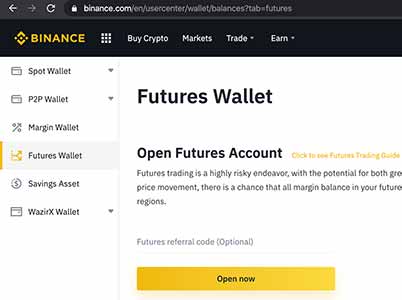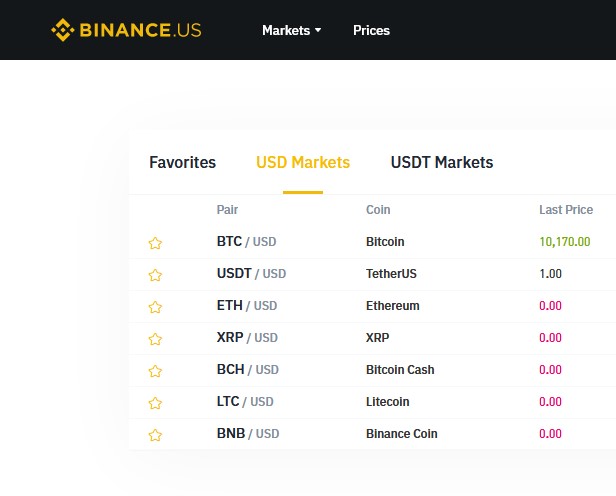
Data mining involves many steps. The first three steps are data preparation, data integration and clustering. These steps, however, are not the only ones. Sometimes, the data is not sufficient to create a mining model that works. There may be times when the problem needs to be redefined and the model must be updated after deployment. You may repeat these steps many times. You want to make sure that your model provides accurate predictions so you can make informed business decisions.
Preparation of data
Preparing raw data is essential to the quality and insight that it provides. Data preparation includes removing errors, standardizing formats and enriching the source data. These steps can be used to prevent bias from inaccuracies, incomplete or incorrect data. Data preparation is also helpful in identifying and fixing errors during and after processing. Data preparation is a complex process that requires the use specialized tools. This article will explain the benefits and drawbacks to data preparation.
To ensure that your results are accurate, it is important to prepare data. It is important to perform the data preparation before you use it. This involves locating the required data, understanding its format and cleaning it. Converting it to usable format, reconciling with other sources, and anonymizing. The data preparation process requires software and people to complete.
Data integration
Data integration is key to data mining. Data can be pulled from different sources and processed in different ways. Data mining involves combining this data and making it easily accessible. Different communication sources include data cubes and flat files. Data fusion is the combination of various sources to create a single view. The consolidated findings should be clear of contradictions and redundancy.
Before integrating data, it must first be transformed into the form suitable for the mining process. There are many methods to clean this data. These include regression, clustering, and binning. Normalization, aggregation and other data transformation processes are also available. Data reduction means reducing the number or attributes of records to create a unified database. In some cases, data may be replaced with nominal attributes. Data integration processes should ensure speed and accuracy.

Clustering
Clustering algorithms should be able to handle large amounts of data. Clustering algorithms must be scalable to avoid any confusion or errors. Although it is ideal for clusters to be in a single group of data, this is not always true. You should also choose an algorithm that can handle small and large data as well as many formats and types of data.
A cluster is an organization of like objects, such people or places. Clustering is a process that group data according to similarities and characteristics. Clustering is used to classify data and also to determine the taxonomy for plants and genes. It can also be used in geospatial apps, such as mapping the areas of land that are similar in an Earth observation database. It can also identify house groups within cities based upon their type, value and location.
Classification
Classification in the data mining process is an important step that determines how well the model performs. This step can be used for a number of purposes, including target marketing and medical diagnosis. It can also be used for locating store locations. You need to look at a wide range of data sources and try out different classification algorithms to determine whether classification is the right one for you. Once you've identified which classifier works best, you can build a model using it.
One example is when a credit card company has a large database of card holders and wants to create profiles for different classes of customers. They have divided their cardholders into two groups: good and bad customers. The classification process would then identify the characteristics of these classes. The training set is made up of data and attributes about customers who were assigned to a class. The data in the test set corresponds to each class's predicted values.
Overfitting
The likelihood of overfitting depends on how many parameters are included, the shape of the data, and how noisy it is. The likelihood of overfitting is lower for small sets of data, while greater for large, noisy sets. Regardless of the cause, the result is the same: overfitted models perform worse on new data than on the original ones, and their coefficients of determination shrink. These problems are common in data mining and can be prevented by using more data or lessening the number of features.

If a model is too fitted, its prediction accuracy falls below a threshold. When the parameters of a model are too complex or its prediction accuracy falls below 50%, it is considered overfit. Overfitting can also occur when the model predicts noise instead of predicting the underlying patterns. In order to calculate accuracy, it is better to ignore noise. An example would be an algorithm which predicts a particular frequency of events but fails.
FAQ
Can I trade Bitcoin on margins?
Yes, Bitcoin can be traded on margin. Margin trading allows for you to borrow more money from your existing holdings. In addition to what you owe, interest is charged on any money borrowed.
Is Bitcoin Legal?
Yes! Yes. Bitcoins are legal tender throughout all 50 US states. However, there are laws in some states that limit the number of bitcoins you can have. If you need to know if your bitcoins can be worth more than $10,000, check with the attorney general of your state.
What is the Blockchain's record of transactions?
Each block has a timestamp and links to previous blocks. Each transaction is added to the next block. This process continues till the last block is created. At this point, the blockchain becomes immutable.
How do you mine cryptocurrency?
Mining cryptocurrency works in the same way as mining for gold. Only that instead precious metals are being found, miners will find digital coins. Mining is the act of solving complex mathematical equations by using computers. The miners use specialized software for solving these equations. They then sell the software to other users. This process creates new currency, known as "blockchain," which is used to record transactions.
Statistics
- “It could be 1% to 5%, it could be 10%,” he says. (forbes.com)
- While the original crypto is down by 35% year to date, Bitcoin has seen an appreciation of more than 1,000% over the past five years. (forbes.com)
- Ethereum estimates its energy usage will decrease by 99.95% once it closes “the final chapter of proof of work on Ethereum.” (forbes.com)
- This is on top of any fees that your crypto exchange or brokerage may charge; these can run up to 5% themselves, meaning you might lose 10% of your crypto purchase to fees. (forbes.com)
- Something that drops by 50% is not suitable for anything but speculation.” (forbes.com)
External Links
How To
How do you mine cryptocurrency?
The first blockchains were used solely for recording Bitcoin transactions; however, many other cryptocurrencies exist today, such as Ethereum, Litecoin, Ripple, Dogecoin, Monero, Dash, Zcash, etc. Mining is required to secure these blockchains and add new coins into circulation.
Proof-of work is the process of mining. This is a method where miners compete to solve cryptographic mysteries. The coins that are minted after the solutions are found are awarded to those miners who have solved them.
This guide will explain how to mine cryptocurrency in different forms, including bitcoin, Ethereum (litecoin), dogecoin and dogecoin as well as ripple, ripple, zcash, ripple and zcash.